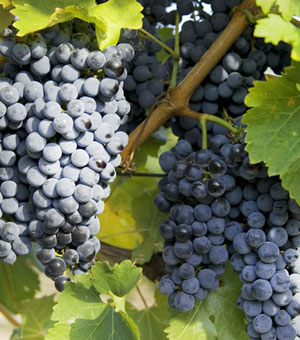 Wine heritage
Wine heritage
Lebanon is one of the oldest sites of wine production, falling as it does within a rough triangle, taking in the Caucuses to the north, Mesopotamia (modern Iraq) to the east and Southern Palestine (now Israel) to the west – a zone generally acknowledged to be the area in which the earliest wines were made.
Timeline
• 7000BC Modern scholarship is cautiously confident that early Lebanese create a vine and wine culture
• 3000BC – 330BC Phoenician traders begin making and exporting their wines to Egypt, Cyprus, Greece and Rome as well as what is now Sardinia and Spain
• Lebanon’s reputation for producing fine wines continues into the Middle Ages when those produced in Tyre and Sidon are coveted in Europe and traded by Venetian merchants.
• 1517 What is now Lebanon is absorbed into the Ottoman Empire. Winemaking is forbidden, except for religious purposes. This allows Lebanon’s Christians, mainly Maronites and Greek and Armenian Orthodox, to produce wine.
• 1857 Jesuit missionaries introduce new viticultural and vinicultural methods as well as new vines from French-governed Algeria, laying the foundations of the modern Lebanese wine industry.
• 1918 The French civil and military administration that govern Lebanon between the wars create unprecedented demand for wine, while Lebanon’s post-independence role as a cosmopolitan, financial hub sees the country enter an economic golden age, presenting further opportunities for a new wine culture to take hold.
• 1975 Lebanon descends into a 15-year civil war that stunts the development of the sector
• 1992-present with peace come new opportunities and unprecedented growth.
Today there are 33 wineries in Lebanon.
